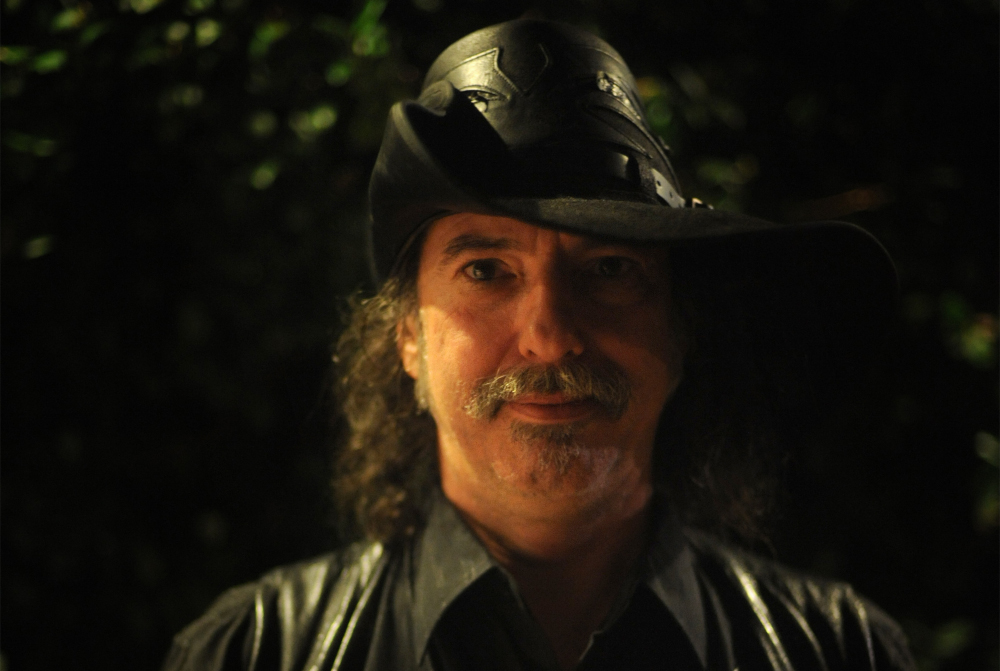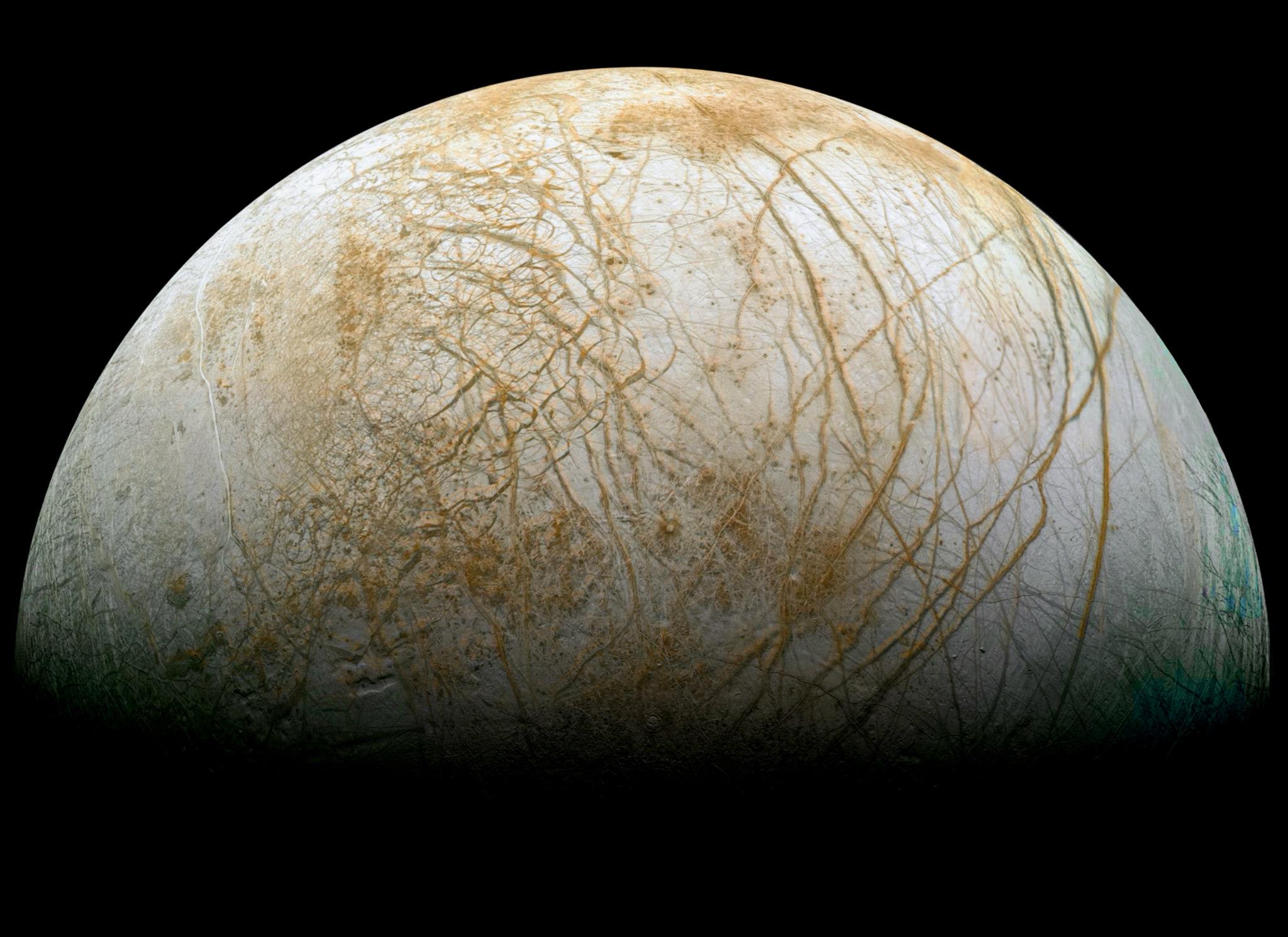via About History
Early Medieval Period
Starting from Europe, the sword in the Middle Ages was widely spread, had many variations and was actively used until the New Age. Throughout the Middle Ages, the sword has undergone very significant changes.
The early Middle Ages was the era of the decline of military art, and oblivion of military traditions of classical antiquity. The number of armies is sharply reduced, tactics are greatly simplified; battles are fought in open space, and defensive tactics are used extremely rarely. Armor in decline – only the most notable warriors are protected by leather armor, chain mail or, more rarely, metal scales. Domination in the European societies of the early Middle Ages of the German military-brigade culture makes military affairs elitist and inaccessible to the broad masses of the population. In such conditions, the individual qualities of the fighter and his weapons come to the fore, in view of which the role of the sword in the armament complex is significantly increased. At the same time, because of the decline of the crafts, the sword from the mass ordinary weapons, which it was in the era of the heyday of the empire, turns into an elite weapon.
Continue reading
==============================
The History of Tea
via Killer Web Directory by Administrator
Here is a fantastic infographic that was published on a website called Metrodeco featuring lots of information about the history of tea. Take a journey from when tea was accidentally invented in 2737 BC and go all the way through to modern times.

Use the link above to see this in all its glory.
via the Big Think blog by Mike Colagrossi
Turn on, tune in, and drop out and into a good psychedelic book.
- Psychedelic literature contains some of the richest prose and musings on the human condition.
- A great deal of these books hail from the 20th century.
- These are gateway books to a rich and other worldly adventure.
==============================
via Arts & :Letters Daily: Ann Kennedy Smith in the Dublin Review of Books
Writers and Their Mothers, Dale Salwak (ed), Palgrave Macmillan, 258 pp, ISBN: 978-3319683478
It is not easy being the mother of a writer: naturally, the writer will always have the last word. Literary biographers tend to pay writers’ mothers scant attention, or accept the version that their famous offspring give. The novelist EM Forster, who lived with his mother, Lily, almost all his life, is a case in point. She “blighted, constricted, restrained his life”, according to his biographer Nicola Beauman. While Lily was alive Forster felt much the same way, although he occasionally recognised her contribution, albeit from a position of unabashed self-interest. “Although my mother has been intermittently tiresome for the last 30 years, cramped and warped my genius, hindered my career, blocked and buggered up my house, and boycotted my beloved,” he wrote, “I have to admit she has provided a sort of rich subsoil where I have been able to rest and grow.” It was only after her death that he began to consider Lily as someone who had an identity other than that of being his mother, but by then it was too late: he had burned most of her letters and diaries, making it all the more difficult for future biographers to allow her voice to be heard. In this review I will look at two essays about writer sons and their mothers in which the mothers are given more of a fair hearing. Both are included in a new collection, Writers and Their Mothers, edited by Dale Salwak, which incorporates reflections by twenty-two contributors on the writer-mother relationship.
Continue reading
==============================
On the role of truth and philosophy in fantastic fiction
via Boing Boing by Cory Doctorow

Image: Kyle Cassidy, CC-BY-SA)
Fantasy and science fiction author and political activist Steven Brust (previously) was this year’s Guest of Honor at Philcon, an excellent Philadelphia-area science fiction (I have also had the privilege to be Philcon’s GoH, and it’s a great con); his guest of honor speech is entitled Truth as a Vehicle for Enhancing Fiction, Fiction as a Vehicle for Discovering Truth, and he’s posted a transcript to his blog.
Continue reading and even if you are not a fan of the genre I think you will be glad you did. Hazel.
via Interesting Literature
On a great war poem by Thomas Hardy
Thomas Hardy: war poet? His name doesn’t leap to mind as, say, Wilfred Owen’s or Siegfried Sassoon’s does. But Thomas Hardy wrote some of the greatest war poems of the late nineteenth and early twentieth centuries: poems about soldiers, conflict, and matters military. (See ‘Channel Firing’ for another example.) ‘Drummer Hodge’ is perhaps Hardy’s most famous poem about war and soldiers, although its language and imagery call for a bit of analysis to be fully understood.
Continue reading
==============================
via About History

Prehistory
The modern geographical outlines of Jutland and the Scandinavian Peninsula were formed relatively recently. During the last ice age, Denmark was completely covered by a glacier. The retreat of the glacier, which began about 12 thousand years BC, led to a significant change in the relief, which continues today. About 8 thousand years BC the glacier left the modern territory of Denmark to the north, and people began to settle in Denmark. At this time, the modern Baltic and North Seas did not exist. Jutland was connected by land with both the south of the Scandinavian Peninsula and Great Britain: the sea existed only in the modern Gulf of Bothnia and north of the line.
Continue reading
==============================
via the Big Think blog by Reuben Jackson
This meteorite is the oldest known volcanic rock in the solar system, dated at 4,565,000,000 years old.
- It's very rare that we discover something on our planet that was around before we were even a small speck. But every once in a while, we do—and this meteorite is a living testament.
- Scientists estimate the new discovery to be approximately 4.6 billion years old, almost as old as the solar system itself.
- New discoveries like this one bring us a small step closer in piecing together what an earlier version of Earth might have looked like.
==============================
Five-story-high spikes of ice could make it difficult to land on Jupiter moonvia Boing Boing by David Pescovitz

Jupiter's frozen moon Europa has a massive ocean below the surface that could potentially harbor life. To find out, NASA is in the early stages of building a robotic lander to explore the moon in the mid-2020s. Now though, Cardiff University researcher Daniel Hobley and colleagues suggest that touching down on Europa could be tricky due to fields of massive ice spikes jutting up as high as 50 feet.
Continue reading
==============================
A Short Analysis of D. H. Lawrence’s ‘Snake’via Interesting LIterature
‘Snake’ is probably D. H. Lawrence’s best-known poem. Lawrence wrote ‘Snake’ while he was living on the island of Sicily, in the beautiful resort, Taormina, on the east side of the island. ‘Snake’ is conversational in tone, which makes it reasonably accessible; nevertheless, some words of analysis on the poem’s language and meaning may be useful.
Continue reading
No comments:
Post a Comment